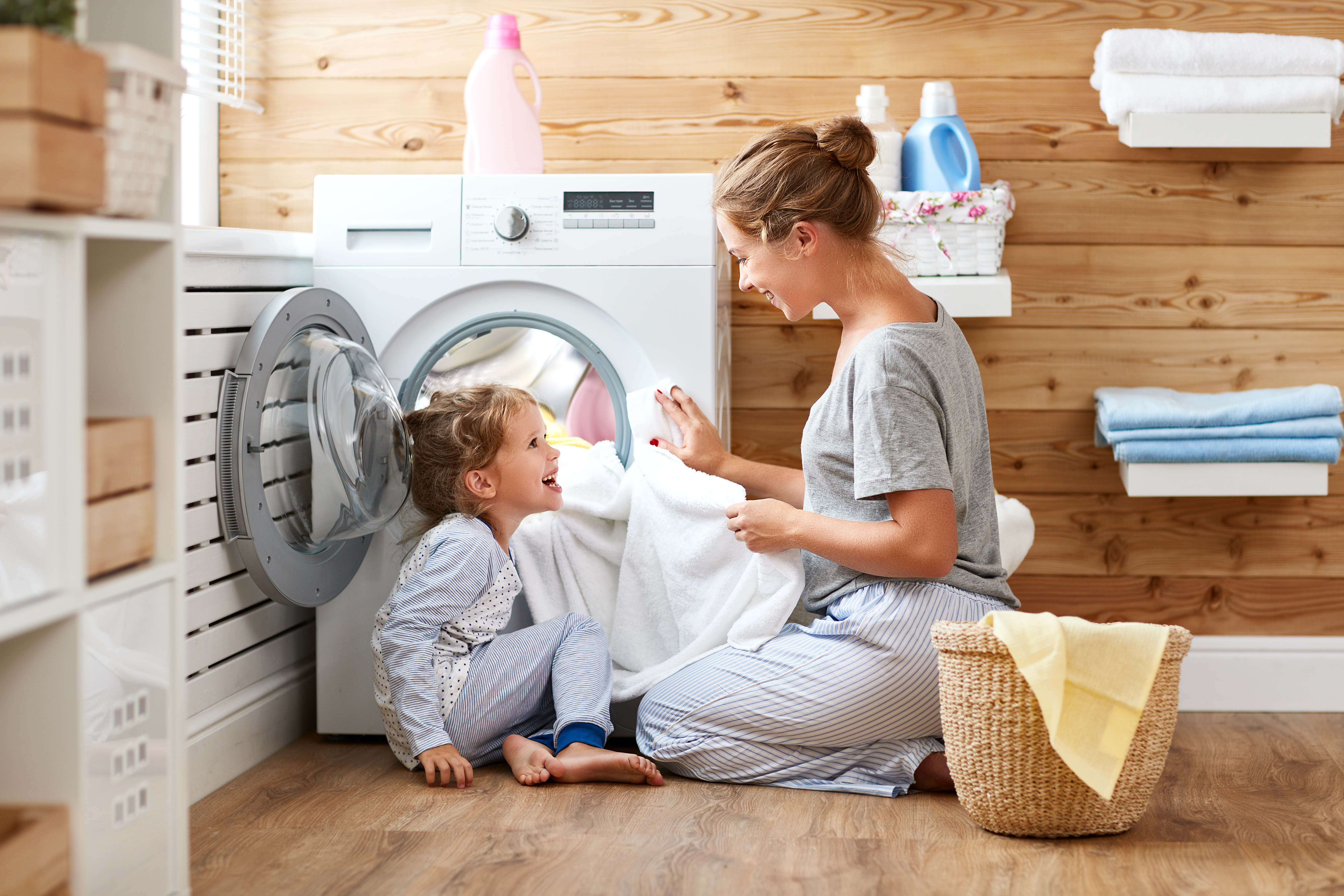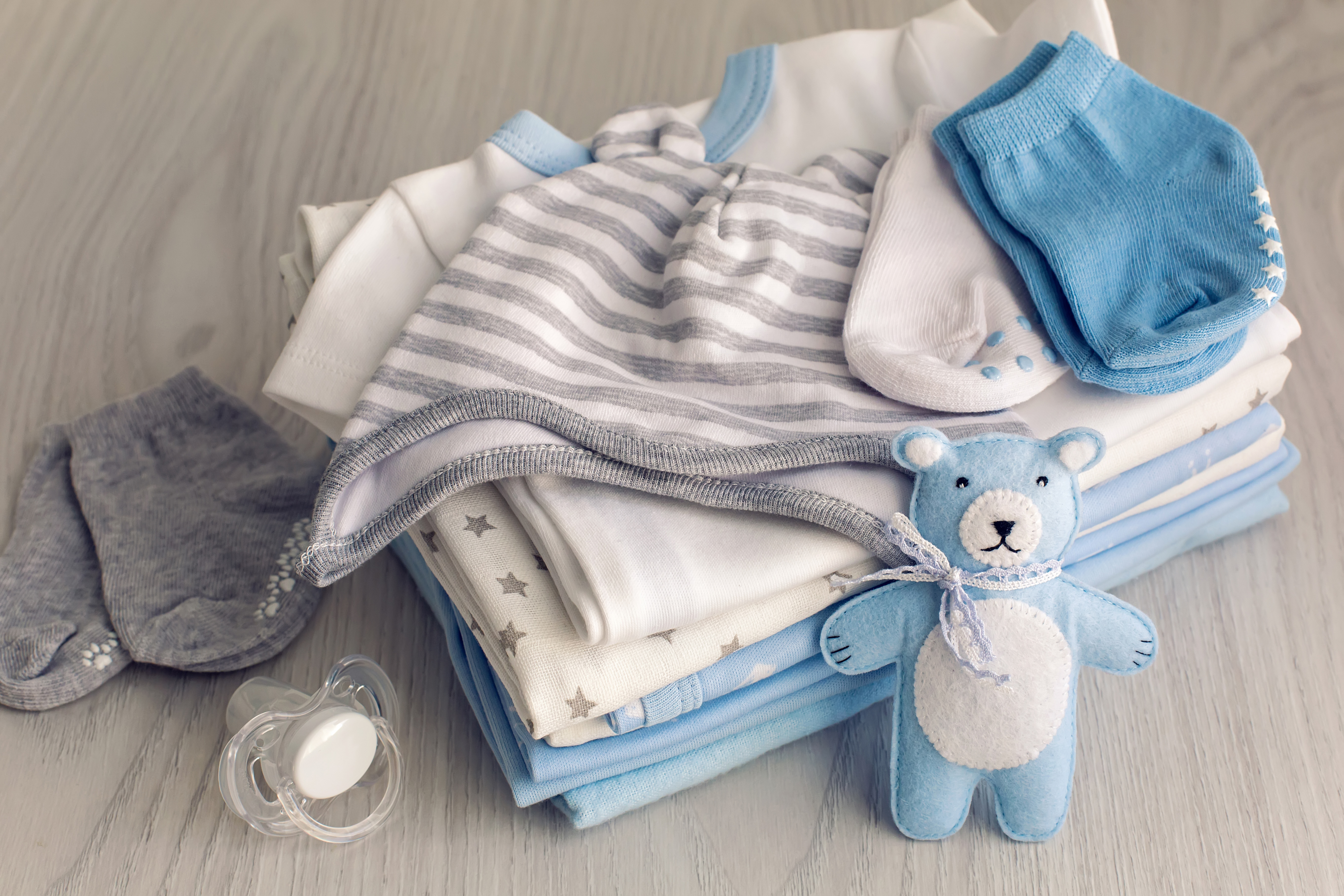
Are you expecting a baby or facing new challenges as your children outgrow their newborn clothes? Washing children's clothing and accessories requires special attention and care in both scenarios. Given the sensitive skin of babies and children, it's important to know how to wash their clothes correctly to eliminate the possibility of irritation while achieving perfect cleanliness.
Tips for Properly Washing Children's Clothing
A general rule of thumb is to always remember to wash clothes before their first use. This applies to babies as well as older children. It's also important to choose the right detergents, and the rest will be a breeze.
1. Choosing Suitable Laundry Detergents
Young children often struggle with dry and sensitive skin or various allergies. A safe choice is hypoallergenic detergents without perfumes and dyes. These products minimise the risk of allergic reactions and skin irritation. Look for labels such as "baby-friendly" or "sensitive" when selecting a laundry detergent. If you're unsure, consult with a paediatrician.
It is also recommended to use liquid laundry gels because powdered detergents can leave residues on clothes that may irritate the child's skin.
And what about fabric softener? Although you can find baby fabric softeners in stores, experts recommend not using them until at least one year of age.
2. Sorting and Preparing Laundry
Before washing, it's important to properly sort children's clothing and accessories. Separate whites from colours, as well as delicate fabrics from heavier materials. Check all pockets and remove any dirt or small items. For stubborn stains such as food or baby cosmetics stains, use a gentle stain remover.
3. Washing Temperature
When washing children's clothing, it's ideal to use a temperature between 30°C and 40°C. This temperature is sufficiently high to remove dirt and bacteria, yet gentle on delicate fabrics. For heavily soiled clothes or items that come into direct contact with the skin (e.g., diapers, towels), it's suitable to choose a higher temperature up to 60°C.
4. Drying
After washing, it's important to properly dry children's clothing. Ideally, air drying preserves the softness and shape of the fabric. However, if you don't live in a house with a garden or have a balcony, a good alternative is using a dryer, which can also make clothes soft and cosy for your little one. Dry clothes on a low heat setting.
5. Ironing
Ironing children's clothing is especially necessary during the first few months. After that, it's not essential, but if you decide to iron, set the iron to a lower temperature and avoid direct contact with patterns and prints to prevent damage.
How Often Should Children's Clothing Be Washed?
The frequency of washing children's clothing depends on the fabric type and usage intensity. Items such as diapers, towels, and garments in direct contact with the skin should be laundered after each use. For other pieces like sweaters, pants, and jackets, they can typically be worn for several days unless visibly dirty.

How to Wash Baby Clothes
Washing baby clothes requires even greater care and thoroughness. Babies have extremely sensitive skin that is prone to irritation and allergies. Therefore, it's important to wash their clothes and accessories separately from other laundry.
- When washing, use only detergents designed for babies, which do not contain any aggressive chemicals, perfumes, or dyes.
- Before first use, all baby clothing should be washed to remove residues of manufacturing chemicals.
- For baby clothing, it's advisable to choose gentle washing cycles and a temperature around 30°C to 40°C to prevent fabric damage while ensuring thorough cleanliness.
- Wash cloth diapers separately. After use, rinse them and let them soak in water. Then wash at 60°C.
- If there are stubborn stains on the clothing from milk or food, gently remove them before washing by soaking in warm water with a bit of hypoallergenic detergent.
- It's also good practice to regularly clean the washing machine to prevent build-up of detergent residues and bacteria, which could potentially contaminate baby clothes.
By following these tips, you can easily ensure that every piece of your children's clothing is ready to protect their sensitive skin.
